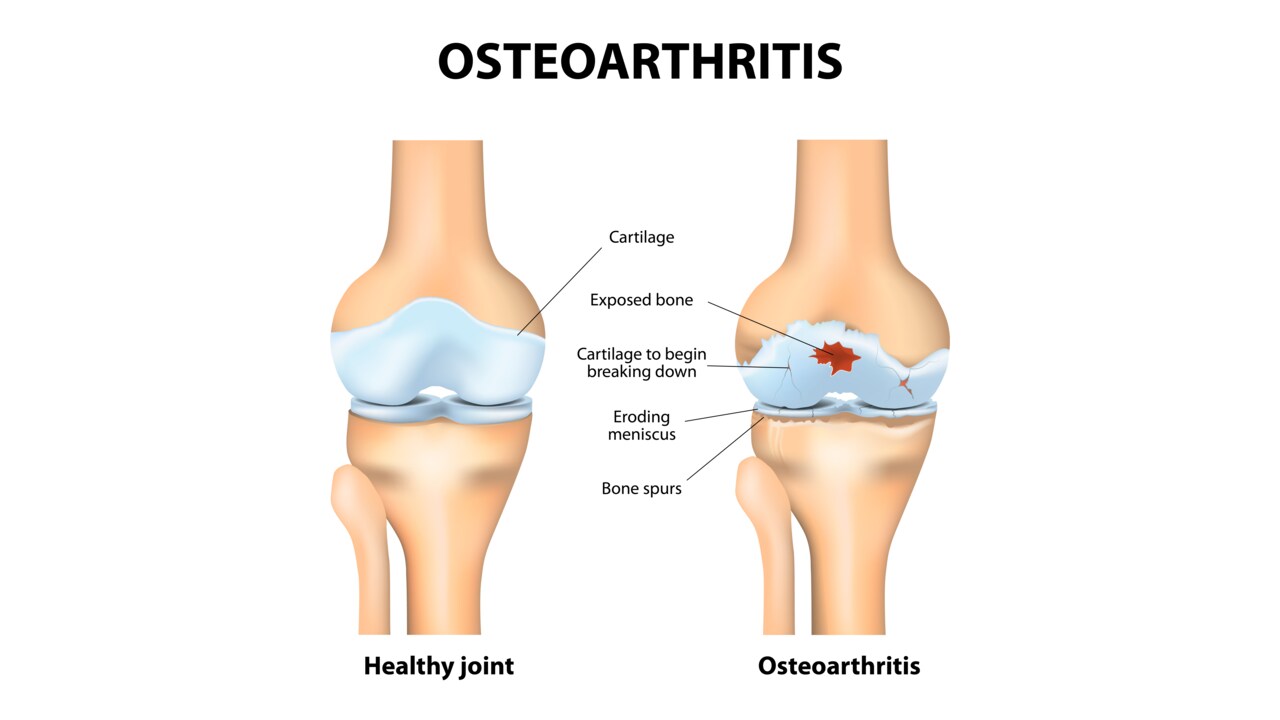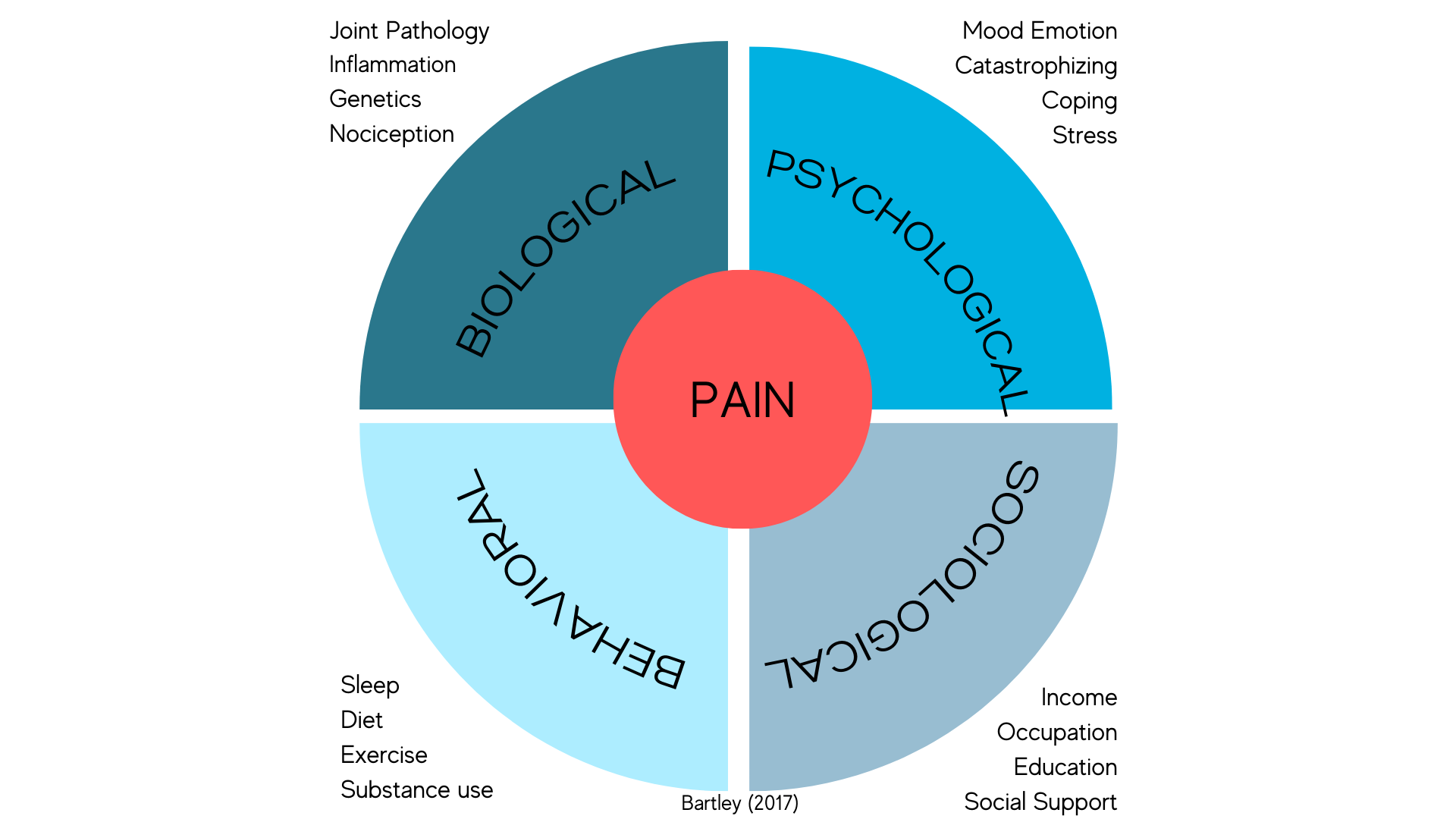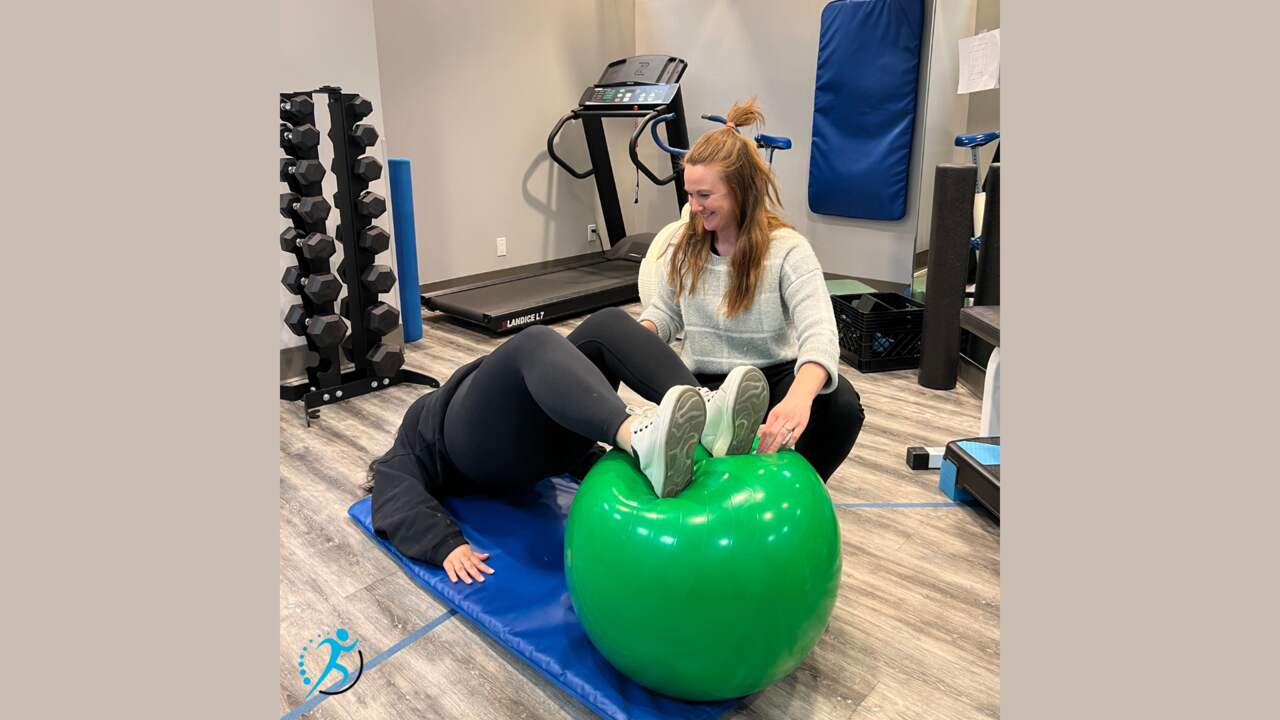
Comprehensive Physiotherapy for Osteoarthritis in Calgary Downtown
Are you struggling with osteoarthritis and seeking reliable physiotherapy solutions in Calgary Downtown? Look no further than Avenue Physio, where we specialize in providing comprehensive and personalized care to help manage and alleviate your symptoms. In this blog post, we delve into the nature of osteoarthritis, the benefits of physiotherapy, and how our unique GLA:D program can make a significant difference in your journey to recovery. Join us as we explore effective treatment options, exercises, and real-life testimonials from our patients.
What Is Osteoarthritis?
Osteoarthritis affects millions of people across Canada preventing them from being active. Osteoarthritis is a disease that affects the entire joint. But mostly it affects the articular cartilage (the cartilage covering the ends of the bones). We used to describe osteoarthritis as ‘wear and tear’ of the joint. This description is misleading as the idea of ‘wear and tear’ may emphasize the idea that the joint needs protection by avoiding activity. This is inaccurate as cartilage needs ongoing movement and loading to stay healthy. Our cartilage is dynamic and changing through a balanced process of degeneration (breakdown) of cartilage and regeneration. When a joint experiences more degeneration than regeneration the result is that the cartilage starts to thin and crack and disappear.
Does Physiotherapy Help Osteoarthritis?
Physiotherapy can help with osteoarthritis the key components to any treatment program for osteoarthritis include exercise, education and weight loss. Your physiotherapy will assess you to determine if you may also benefit from other treatment options that have been shown to help with pain.
Treatment options include:
- Shoe inserts/orthotics
- Taping and braces
- Dry needling/ Acupuncture
- Manual therapy
- Walking aids
- TENS (electrical stimulation)
- Hot/cold packs
Because the number of people developing osteoarthritis has been increasing over the years the healthcare community has been researching what treatments have been shown to improve symptoms. Researchers out of Denmark launched a program to evaluate how to best help people who have hip and knee osteoarthritis in 2013. The large research study involved 30,000 Danes with hip or knee osteoarthritis to participate in the program. And the results were positive. At least 32% of participants had a reduction of symptoms. Symptoms that improved were decreased pain and swelling. They also experienced decreased reliance on painkillers and increased physical activity.
Avenue Physio follows the treatment guidelines from the research from the GLAD study. Our therapists have had similar results in helping patients with their pain, mobility and function.
For physiotherapy to be effective we must look at the ‘whole person’.Pain is complex. We know that several factors can influence a patient’s pain experience. Osteoarthritis is no different. It is a ‘whole person’ condition. This means we need to look at every patient individually and that all factors that may be contributing to their pain and dysfunction must be considered.
Factors that need to be considered when looking at the “whole person”:
- Biological – muscle strength, joint range of motion, inflammation
- Lifestyle factors – poor diet, low (or high) levels of exercise, poor sleep
- Beliefs and emotions – Low confidence, lack of understanding of the disease, depressed mood
- Social – Interpersonal relationships, Social support systems
What Have Our Patients Said About Glad:
“Before the GLA:D program, I wasn’t sure what was going to happen to me with the constant pains I was experiencing in my knees, where I could hardly walk at times and the muscle strength I was losing. Then I met Kelly and the team at Avenue Physio. At my assessment, tears came to my eyes when I couldn’t do the sit/stand exercise I was given. That day, I realized how bad things were with me. I started the six-week program and finished yesterday. Today, I can proudly say that I am a new, stronger person. It’s a great program and Kelly along with her team did an amazing job. They’re a knowledgeable and professional group. They did a fantastic job. I’m looking forward to when they introduce another part of the GLA:D program. There was no judgment, just encouragement and genuine support! I am very happy that I got the opportunity to be involved in such a great program.”
“I received a lot of very excellent information and advice on how best to deal with my osteoarthritis. Special thanks to Kelly for helping me learn to be active without being afraid.”
What Is the Best Exercise for Osteoarthritis?
Different types of exercise can have a positive effect on symptoms from osteoarthritis. You need a combination of strength exercises, aerobic exercises and neuromuscular training exercises. Research has shown that supervised exercise therapy is more effective than home exercises
What Exercises Should You Avoid With Osteoarthritis?
Physical activity is not harmful with osteoarthritis. It takes a lot to damage the muscles and joints. However, exercises and the amount you can ‘load’ your joint will depend on whether you have mild or severe osteoarthritis, your symptoms, and how fit or strong you are. You should avoid both overdoing it and underdoing it. Remember that excessive inactivity is usually worse than activity. There are key principles to follow when exercising with osteoarthritis.
The key principle to follow when exercising with osteoarthritis is that it’s okay to exercise if your pain is at an acceptable level. Using a 0 out of 10 pain scale where 0 is no pain and 10 is the most you can imagine, an acceptable level of pain is five out of 10. The second principle is that your pain goes back to your normal level within 24 hours of exercising. Your cartilage needs some time for regeneration and recovery. Avoid exercising every day. Instead, you should do 2-3 sessions of strengthening per week.
How Many Sessions of Physiotherapy for Osteoarthritis?
It depends on how much pain you’re in, how strong you are and how motivated you are to get better. We see a lot of variability and progress, some patients get better after a couple of treatments and for other patients, it takes months of working on their exercises. The important thing is to have a personal treatment plan that empowers you to manage and improve your symptoms.
Conclusion
Osteoarthritis is a complex condition that requires a holistic approach to management and treatment. At Avenue Physio in Calgary Downtown, we are committed to providing top-notch physiotherapy services tailored to your unique needs. Our experienced therapists follow evidence-based guidelines and adopt a ‘whole person’ perspective to ensure that every aspect of your health is addressed. Don’t let osteoarthritis hold you back; take the first step towards a more active and pain-free life by choosing Avenue Physio. Contact us today to schedule your assessment and embark on your path to recovery.
References:
Bartley (2017). Predictors of Osteoarthritis Pain: the
Importance of Resilience. Current Rheumatology
Reports. 19. 10.1007/s11926-017-0683-3.



